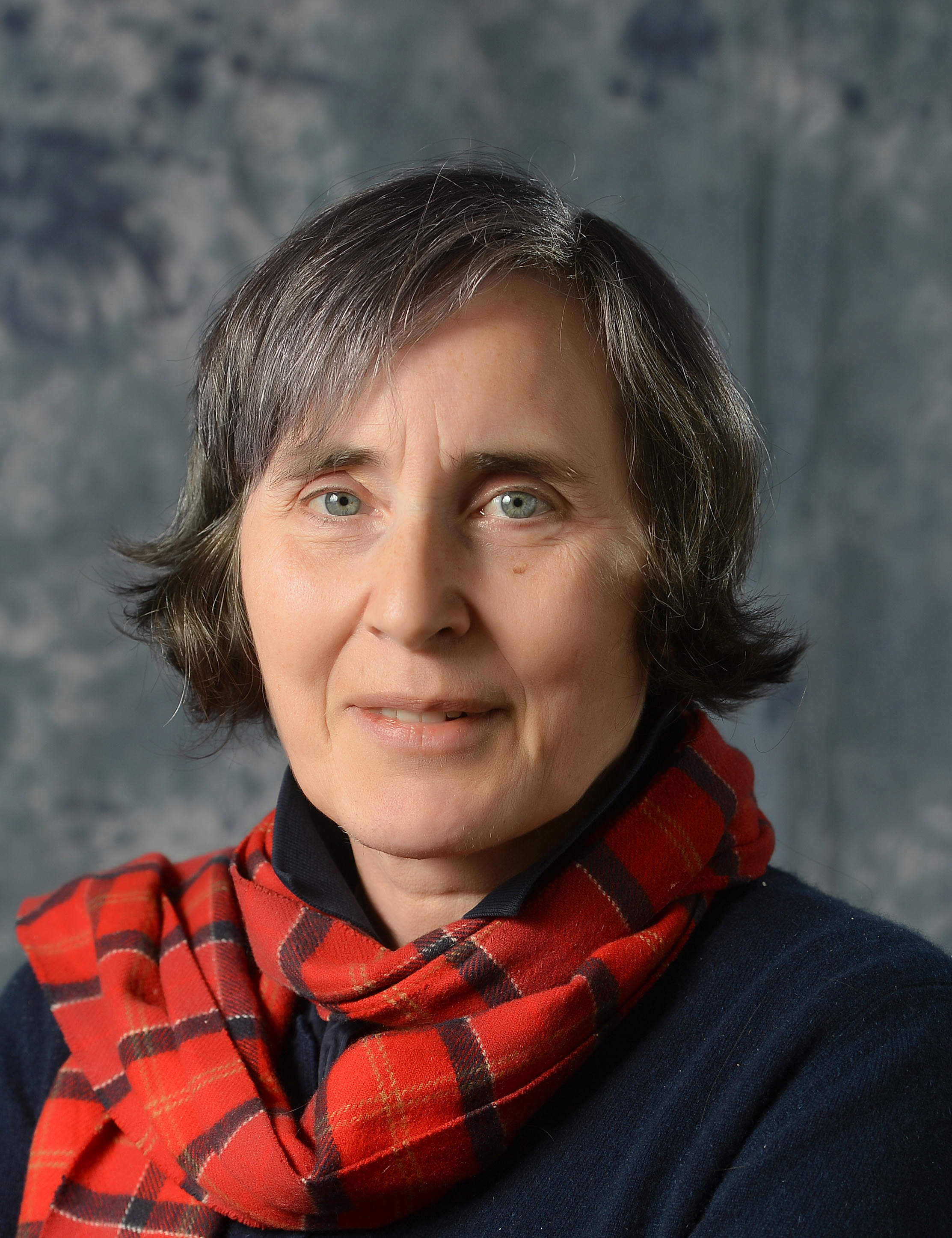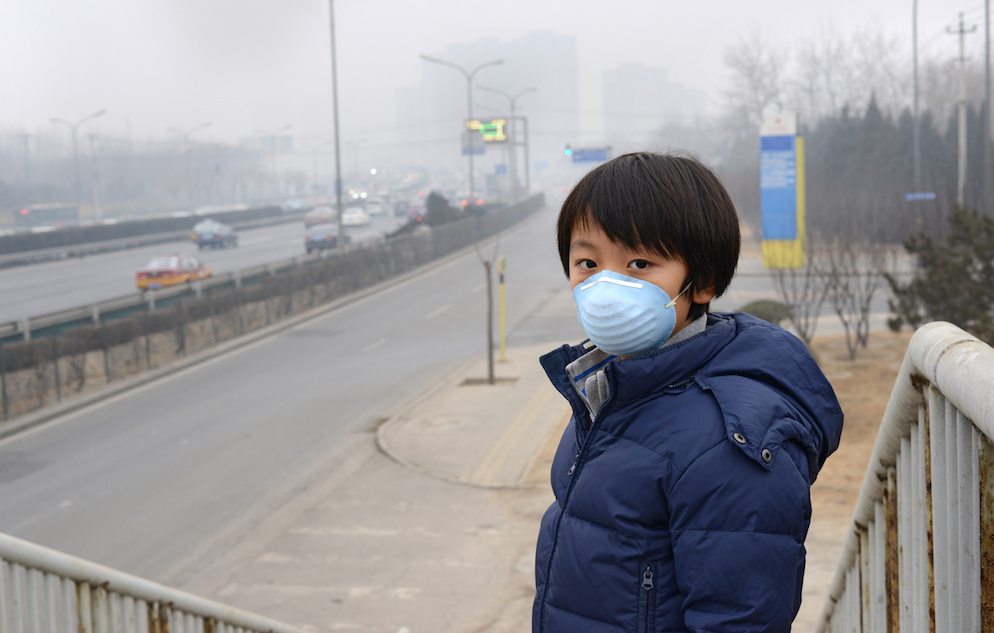
Dr. Mary Schooling, a professor at the CUNY Graduate School of Public Health and Health Policy (CUNY SPH), and colleagues studied the association of air pollution and height in a cohort of Hong Kong children. The findings were published in the American Journal of Human Biology.
Within populations, height is positively associated with economic success and in economically developed populations inversely associated with health. Recent studies also suggest air pollution may result in higher bone turnover markers among children, which may affect growth. However, few studies have investigated the effect of air pollution on height or growth rate. In order to better understand the relationship the research team assessed the associations of several air pollutants with height at different ages.
The team used data on 8,327 children from Hong Kong’s “Children of 1997” birth cohort that is population representative. They simultaneously assessed associations of particulate matter with a diameter of 10 micrometers or less, sulfur dioxide (SO2), nitric oxide (NO), and nitrogen dioxide (NO2) in utero, in infancy, and in childhood with height at different ages (∼9, ∼11, ∼13, and ∼15 years). The research team used partial least square regression to analyze the data.
Hong Kong is a developed non-Western setting with relatively high air pollution and short children.
After considering multiple comparisons, higher SO2 in childhood was associated with shorter height at ∼13 years, although this difference was not evident at approximate age of 15 years.
These observations suggest that air pollution may affect the trajectory of growth and development rather than final height, with corresponding implications for health in later life.




